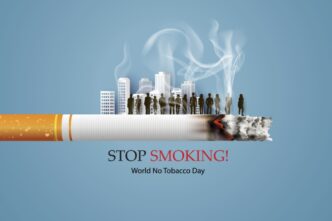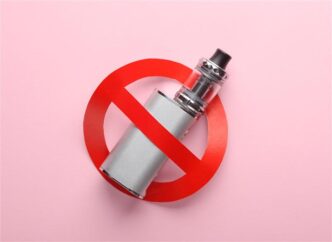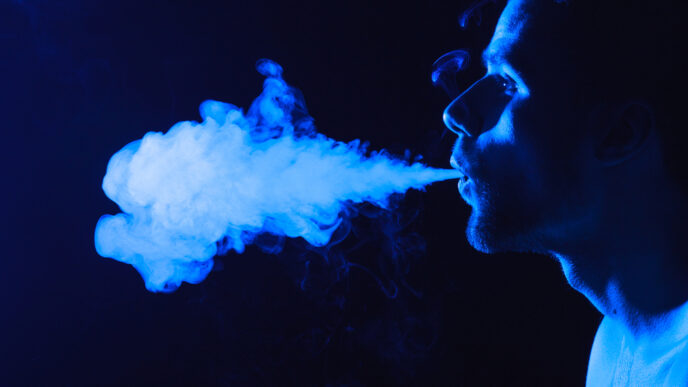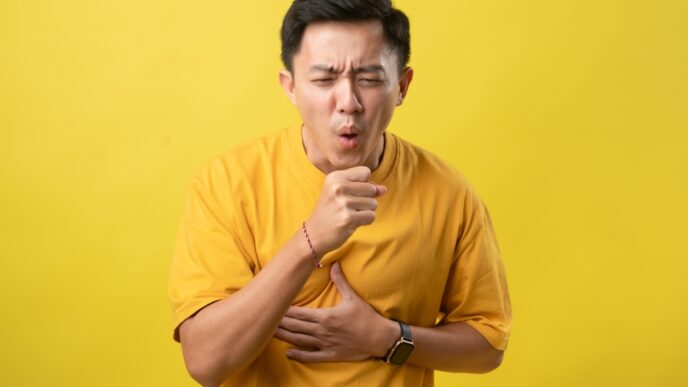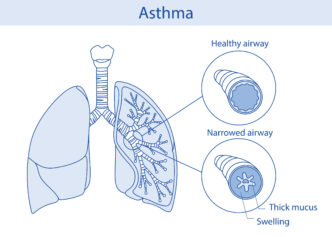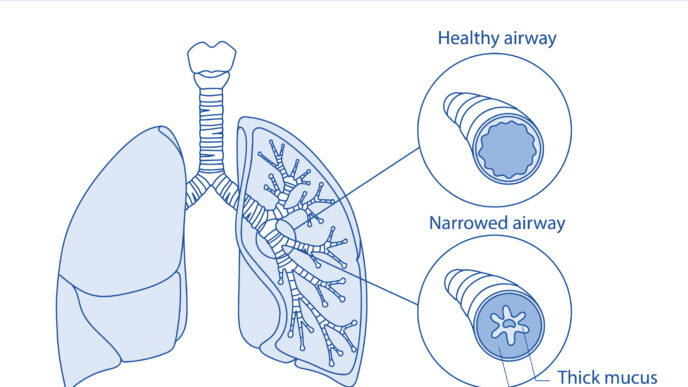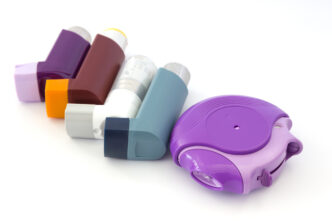We all know secondhand smoke is dangerous — but thirdhand smoke might be even worse. In this article, a cardiothoracic surgeon breaks down the hidden dangers of both, how they silently harm your loved ones (especially kids), and what you can do to keep your home and community smoke-free.
WORDS LIM TECK CHOON
 FEATURED EXPERT FEATURED EXPERTDR ANAND SACHITHANANDAN Consultant Cardiothoracic Surgeon Sunway Medical Centre |
SOBERING FACT 1
According to the World Health Organization (WHO), There Is No Safe Level of Exposure to Secondhand Smoke
Dr Anand Sachithanandan explains that second-hand smoke, or SHS, refers to the involuntary inhalation of cigarette smoke by individuals around a smoker.
Exposure to SHS can also take place when one inhales the smoke produced by the burning of other tobacco products.
The Effects of SHS on Our Health
Respiratory system
- Lung cancer
- Worsening of asthma
- Worsening of chronic obstructive pulmonary disease (COPD)
- Damages the elasticity of lung tissue, making breathing harder
- Irritates the lung airways and causes inflammation
Cardiovascular system
- Coronary artery disease
- Stroke
Immune system
- Impairs the immune system, leading to premature ageing
“SHS is a significant public health issue, particularly affecting women and children,” emphasises Dr Anand. “Many new cases of lung cancer in non-smokers, predominantly women, may be attributable to long-term SHS exposure in genetically susceptible individuals.”
SOBERING FACT 2
Thirdhand Smoke (THS) Is a Lesser-Known Facet of Smoking That Is Also a Great Health Risk
“Thirdhand smoke refers to the residual tobacco contamination that lingers on surfaces and in the environment after a cigarette has been extinguished,” Dr Anand explains.
He adds that such residues can accumulate over time, making the environment increasingly toxic.
Thirdhand smoke is particularly prevalent in indoor settings frequented by smokers, such as homes, offices, and confined spaces like vehicles.
Long-term exposure to THS, like SHS, may increase the risk of lung cancer and other respiratory conditions.
SOBERING FACT 3
Children and Adolescents Are Especially Vulnerable Due to Their Still-Developing Immune Systems
Dr Anand shares that a study published in the peer-reviewed journal Tobacco Induced Diseases found a higher concentration of SHS and THS in confined spaces such as cars.
This indicates that even short-term smoking in a vehicle produces a high concentration of harmful particles, which is detrimental to children.
PRACTICAL SOLUTIONS TO REDUCE THE PREVALENCE OF SHS AND THS
Create Smoke-Free Zones at Home
- Establish a strict no-smoking policy inside your home and vehicle.
- If you have outdoor spaces like balconies or yards, make these smoke-free as well.
Use Air Purifiers and Improve Ventilation
- In spaces where you can’t control other people’s smoking habits, use air purifiers with HEPA filters.
- Ensure proper ventilation in order to reduce smoke particles in the air.
Support Smoke-free Policies
- Advocate for and comply with smoke-free policies in public spaces, workplaces, and multi-unit housing.
- Support local ordinances that ban smoking in parks, beaches, and outdoor dining areas.
Support Smoking Cessation Programmes
- If you smoke, consult a doctor or pharmacist on the use of nicotine replacement therapy to help you quit the habit.
- Encourage other smokers to do the same by sharing information and resources on how to quit.
| Join Dr Takdir Singh as he shares how an innovative digital tool, QuitASAP, is making it easier for doctors to help people quit smoking successfully. |
| This article is part of our series on research-based innovations in smoking cessation methods. |

